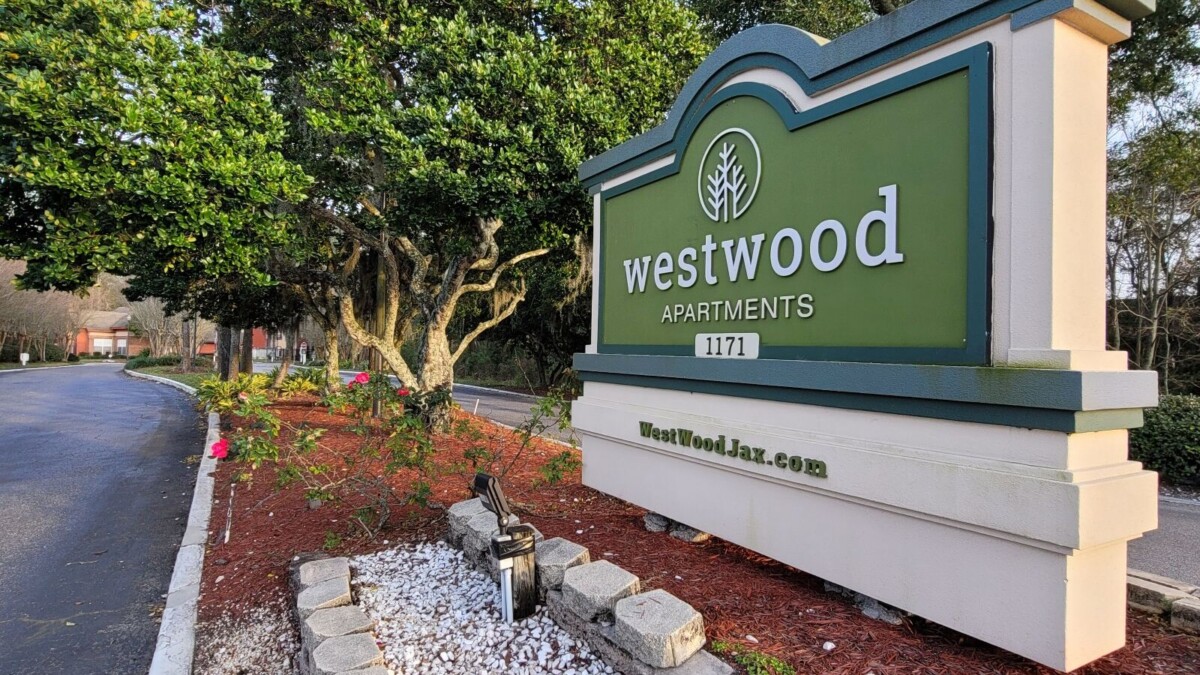Florida’s wildfire season, which runs from spring through mid-summer, may feature fewer acres burned this coming year thanks to above average winter rainfall due to the onset of El Niño.
Florida’s wildfire season is closely linked to El Niño events. The climate pattern causes an uptick in wintertime storms across Florida and above-average precipitation, which in turn can suppress wildfire activity. So far this winter, many locations across the state have received above-average rainfall, and the pattern is set to continue until the arrival of Florida’s fire season, beginning at the end of March.
In June, NOAA’s Climate Prediction Center declared the arrival of El Niño and shared a prediction for a moderate-to-strong event by late fall/early winter. This has steered Florida away from any wildfire activity, Meteorologist David Zierden with the Florida Climate Center said.
Equatorial sea surface temperatures are above average across the central and eastern Pacific Ocean, a condition consistent with El Niño. The pattern is expected to continue for the next several seasons, with an ENSO-neutral state favored during April through June 2024.
“I think we’re in pretty good shape,” Zierden said. “Due to the strong El Niño that we’re in, the state of Florida has mostly seen above-normal rainfall since November. Above-normal rainfall during the dry season — that’s a good thing, and it will help the wildfire potential across the state.”
La Niña , the opposite effect of El Niño , brings warmer and drier weather to the South with the help of a Polar Jet Stream. It can lead to the onset of a long and widespread drought, worsening wildfire conditions. Zierden said that is exactly what happened in 2001.
By May 2001, the Florida Division of Forestry reported 2,825 fires burned 254,360 acres in the state since January of that year. More acres of land had been burned in 2001 than what is normally burned in an entire year, according to officials.
Arson was suspected the cause of one notable fire in Southwest Florida. Dry soil and high winds picked up the flames, turning it into a raging forest fire.
The outlook for 2024 paints a different picture, at least for now.
As of Thursday, most Florida counties are at a moderate level for fire danger. The rating explains that fires can start from most accidental causes but are relatively easy to control and not likely to become serious threats.
While the wet conditions are limiting wildfire activity, there’s still the buildup of plant material that acts as fuel for wildfires. Without the prescribed burns, this extra vegetation continues to be stored away.
“It limits the number of days that are suitable for prescribed fire,” Zierden said. “As we get further into the spring, that might have an impact. Forest managers may not be able to carry out the amount of controlled burning that they would like, leading to more fuel buildup.”
Forest fires are a necessary tool that goes beyond wildfire management. For Florida’s environment, they are providing areas for new growth, food for animals and pathways for larger predators. Some plants even require the heat of a fire to trigger the release of their seeds.
As Florida becomes more populated, the desire becomes to control wildfires to prevent threats to property and natural resources. Poor air quality is a big concern for nearby populations. It’s heavily monitored by the Florida Forest Service.
Smoke is a hazardous mix of air pollutants that can have both short-term and long-term health effects. To minimize the effects on sensitive areas, the Florida Forest Service observes wind and direction, mixing height, atmospheric stability, topography, land cover, time of day and humidity.
The balance between climate patterns and environmental risks shows the importance of forest management. Each year, thousands of acres of land and many homes are lost due to extreme wildfire events. Fires can erupt at any time of year from several causes.
As communities continue to build in areas that were once wildland, fire prevention becomes everyone’s responsibility. Arson and escaped burning yard debris are the two leading causes of wildfires in Florida.
Ultimately, the responsibility extends beyond Florida’s forest managers and firefighters.
Education on wildfires and their danger is a key proponent in mitigating all types of unwanted fire.
9(MDEwNzczMDA2MDEzNTg3ODA1MTAzZjYxNg004))






